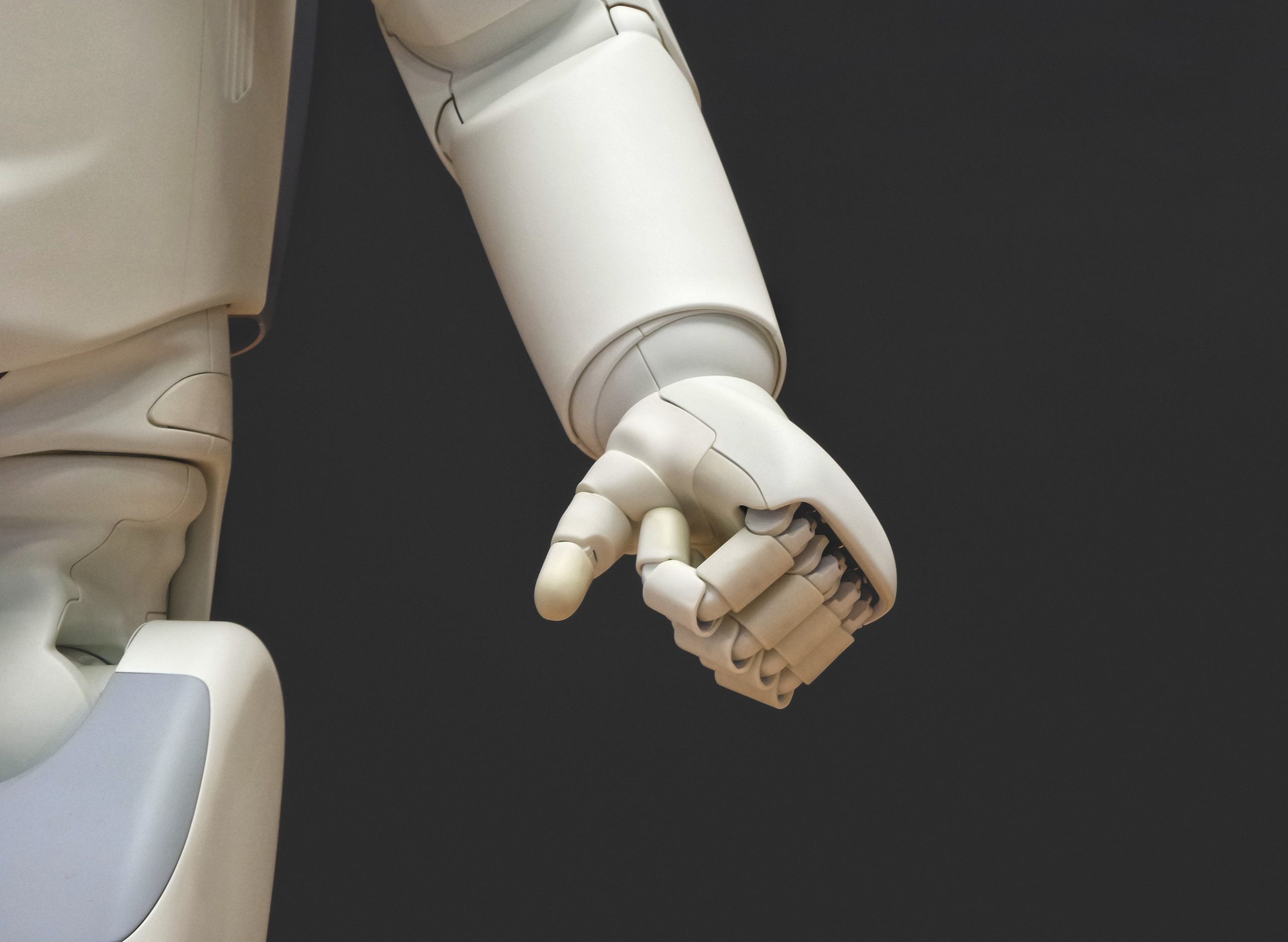Thinking is hard. That’s why we substitute platitudes whenever possible. I was reminded last week because the election campaign has started here in Denmark. The young politicians on the left don’t know what to do about the increasing grocery prices – nobody does. But they do know that monopolies are bad. IF something bad happens AND monopolies are bad THEN monopolies cause the bad thing. The problem is that Denmark is the country most over-supplied with supermarkets in all of Europe. Calling the six different chains a monopoly means you are substituting critical thinking with a buzzword.
The same thing happens in IT. I keep seeing IT organizations whose strategy is decided by the buzzword of the day instead of actually thinking about your business needs versus the skills and resources available.










